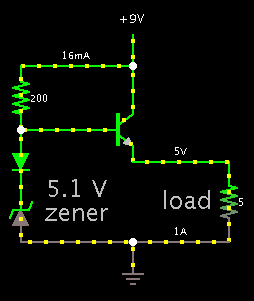Follow along with the video below to see how to install our site as a web app on your home screen.
Note: This feature may not be available in some browsers.

the resistors are drastically impacting the output voltage in a way I haven't been able to grasp.















And if I am dealing with a 3,3v circuit I can grasp how much current each decoupling cap can supply in one discharge by taking 0,1µF = 100nF which translates to 100nA times 3,3 = 330nA...
That I realized today...


3, Do I need two LIA's, one for current and one for voltage, both of which is a "dual PSD LIA"?.

Theoretically you could do with one LIA, as C_mitra says.3, Do I need two LIA's, one for current and one for voltage, both of which is a "dual PSD LIA"?.


What is the point of phase shifting the reference signal 90deg?
The role of the square-waves are clear, to be multiplied with the signal of interest and thus in that process extract it from the other frequencies.

I recommend to do some simple calculations/simulations with excel..What is the point of phase shifting the reference signal 90deg?

